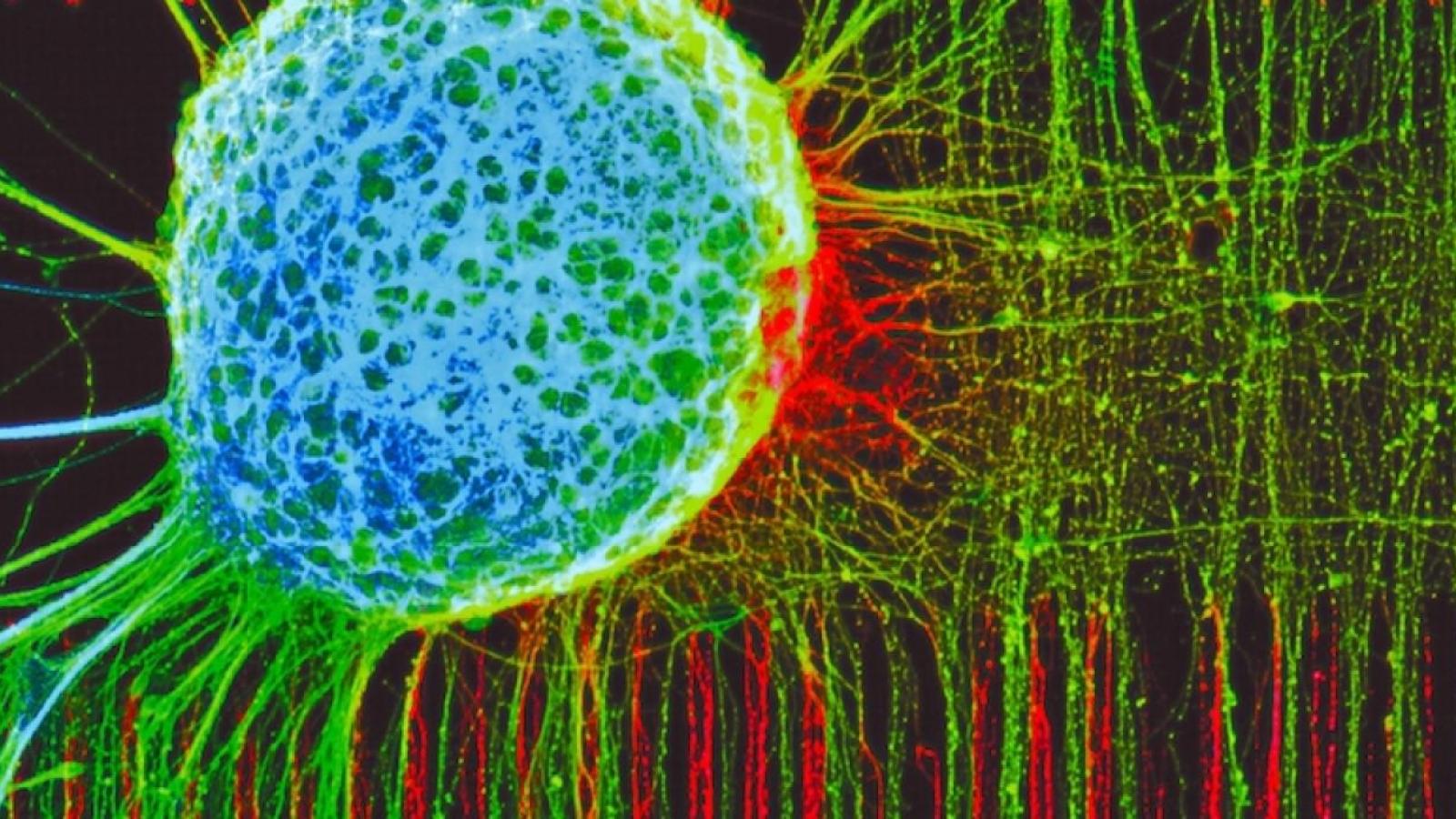Using engineering, physics and neurobiology to investigate the interplay between the shape and structure of a cell and its function
Cells are have been shaped by evolution to have a specific architecture. Some, like neurons have a long projection, the axon, which connects parts of the body that are sometimes metres away. Factors such as the length, size and shape of a cells can impact their biology in significant ways, and for neurons a significant part of the RNA biology and the molecular mechanisms that are involved in diseases such as MND and FTD happen away from the main cell body.
The Serio Lab uses engineering, physics and neurobiology to investigate the interplay between the shape and structure of a cell and its function. In doing so, they hope to better understand the processes in MND/ALS that lead to the death of neurons.
Latest news

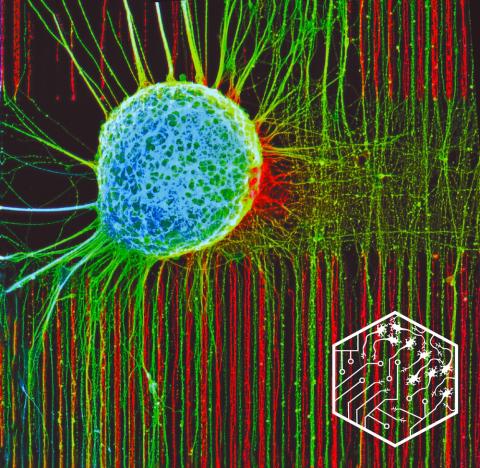
Dr Andrea Serio
Dr Andrea Serio is a Group Leader at the UK DRI at King's. Find out more about his career and expertise on his profile page.
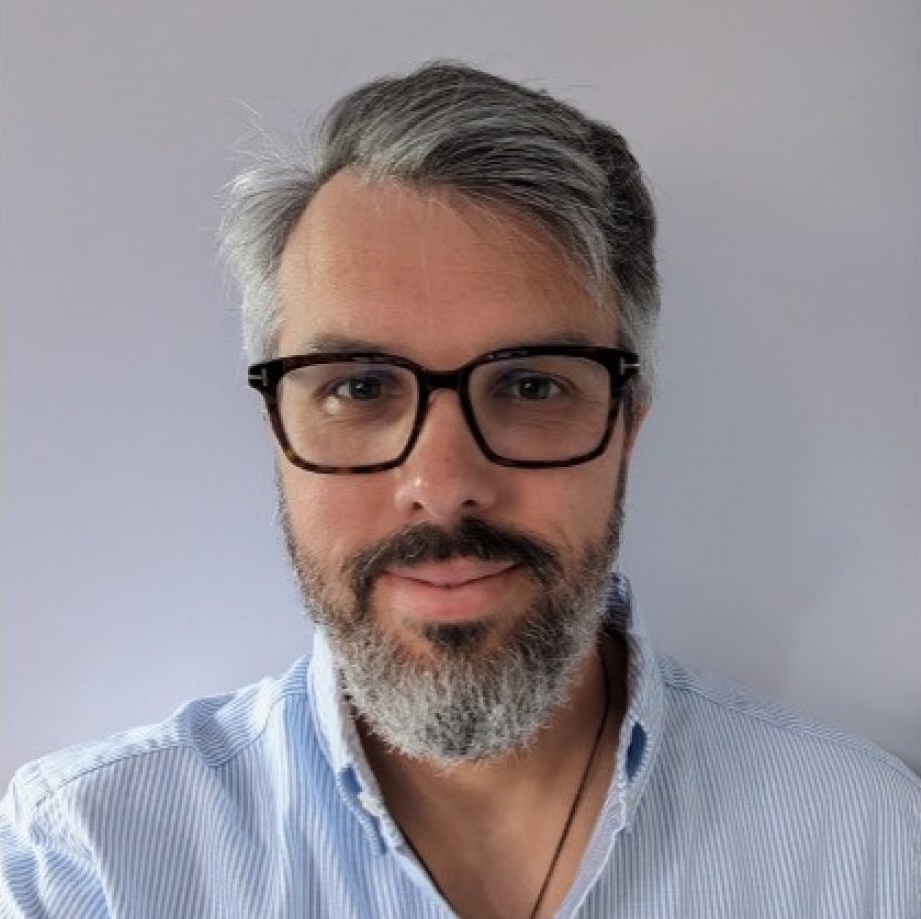
Research summary

Neuronal cells. Credit: Hagemann, Serio Lab
Engineering neuroscience to learn more about neurodegeneration
Dr Andrea Serio’s lab aims to investigate local RNA processing, temporal and spatial dynamics of RNA binding proteins (RBPs) in axons and dendrites, and generally the role that local RNA dynamics plays in neuronal function and dysfunction. The main area of work will be local RNA processing and RNA regulation in axons and dendrites, their interplay with other metabolic pathways and role in early molecular pathology of ALS/FTD molecular pathology. They aim to identify usable targets to modulate downstream toxic events that leads to early stages of cellular toxicity.
Main objectives and research goals:
- Applying tools to understand the effect of axonal length on RBP localisation and local RNA translation in ALS patient derived motor neurons, using a combination of transcriptomic analysis and super resolution imaging (supported by a Motor Neuron Disease Association Biomedical Research Project grant)
- Discovering the molecular signalling behind the length-dependent axonal regulatory mechanisms and their effect on local translation in axons (supported by a BBSRC Responsive Mode grant).
- Developing a high-throughput version of the axonal platform that will allow to perform correlative live imaging and complex transcriptomic studies to specifically study the mechanisms of RNA compartmentalisation in different part of the axon and the effect of different RBP mutations on the axonal RNA component, in collaboration with Prof. Jernej Ule at the DRI/Francis Crick Institute.
- Extending studies to cross-species comparison, to understand how basic aspects of axonal metabolic and translational regulation are orchestrated within different model organisms relevant for ALS research (mouse, rat and zebrafish)
Key publications
Vacancies
Lab members
- Dr Cathleen Hagemann (Postdoctoral Researcher)
- Dr Taylor Minckley (Postdoctoral Researcher)
- Dr Eugenia Carraro (Postdoctoral Researcher)
- Moreno Gonzalez (PhD student)
- Ludovica Guetta (PhD Student)
- Sofia Fredin (PhD Student)
- Magnus Jhaveri (PhD Student)
- Sofia Fredin (PhD Student)
- Edward Jhaveri (PhD Student)
Collaborators
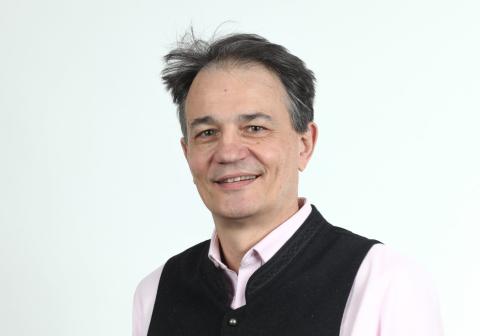
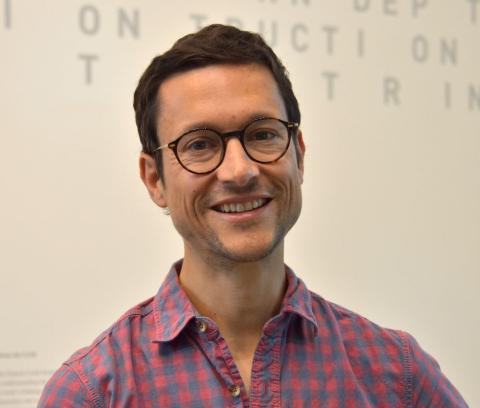
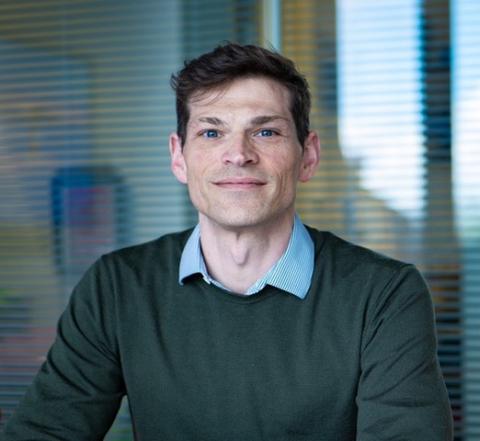
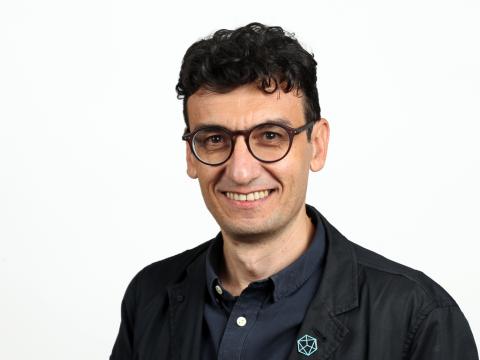
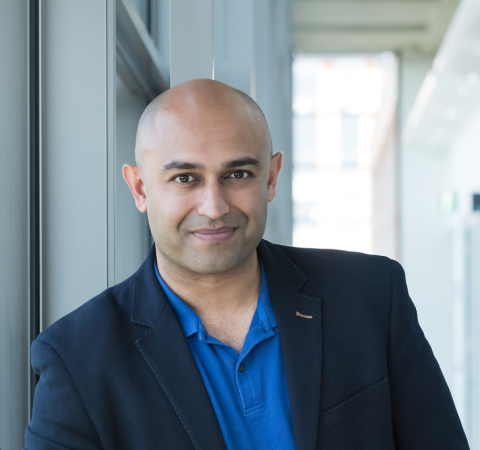
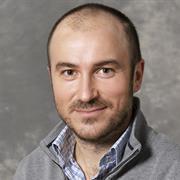
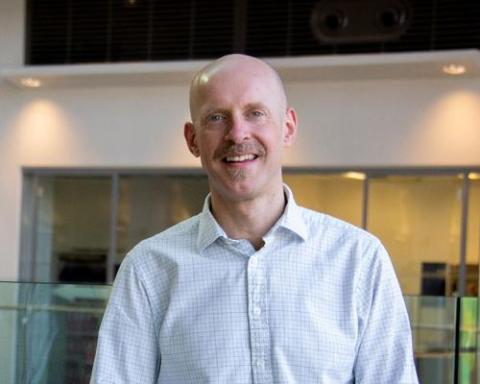
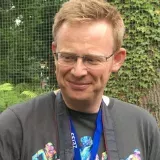
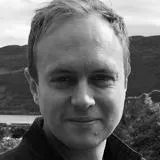
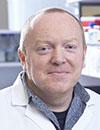
Lab funders
Thank you to all those who support the Serio Lab!
